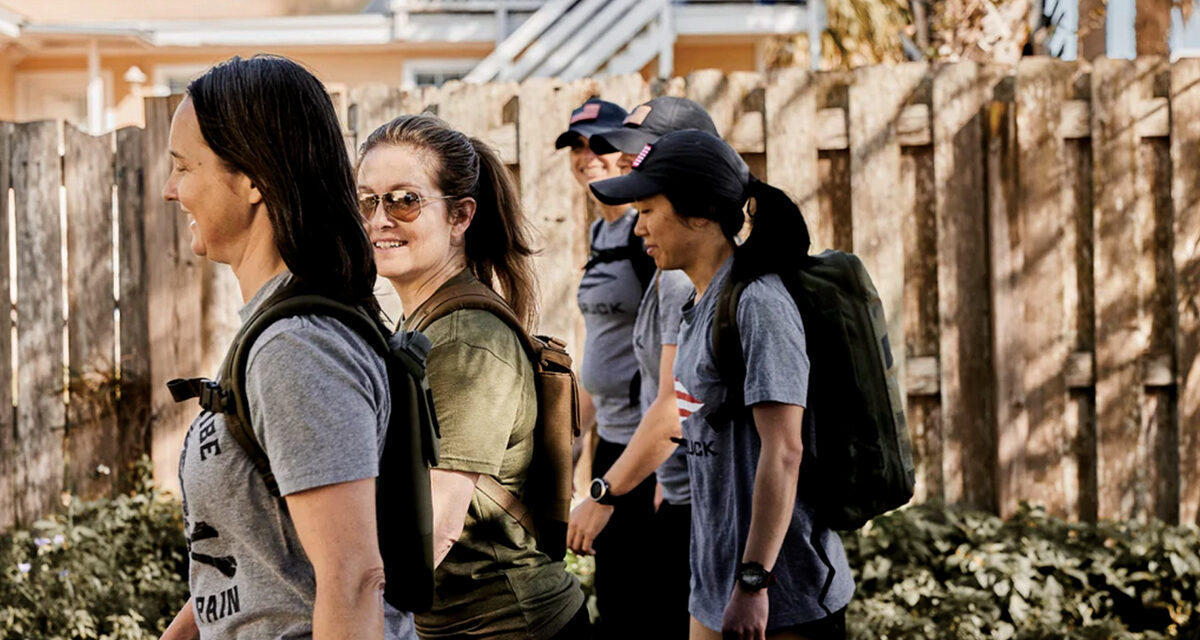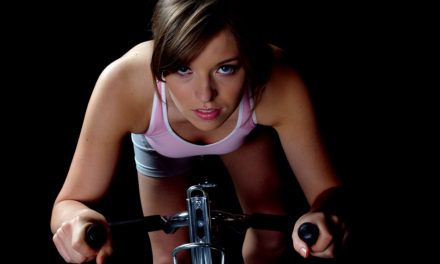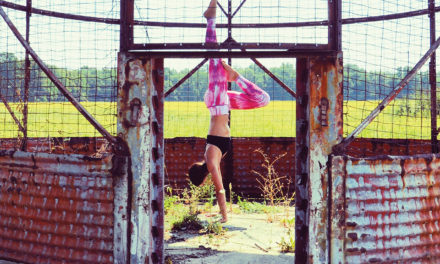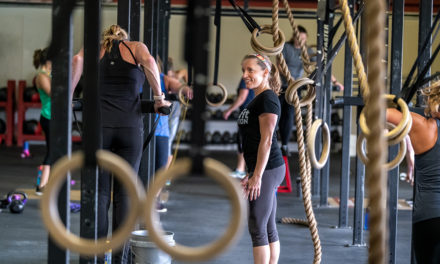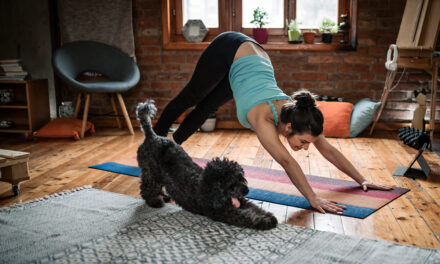Rucking—walking and hiking with a weighted pack—has never been more popular. Here’s your primer on rucking, its staying power, and why it’s especially good for women.
If you’ve ever found yourself speed walking through an airport with your backpack on trying desperately to make your layover, arriving at the gate with a pounding heart and drenched in sweat, you likely experienced the physical exertion of rucking. This fitness trend, which involves wearing a weighted backpack while walking or hiking, is making its way from its military roots to a street or trail
near you.
In the military, rucking is a routine training activity that requires members of the military to trudge long distances with loaded packs, often known as rucksacks. In one example, completing a 12-mile ruck while carrying at least 35 pounds of gear can help earn a U.S. Army member the Expert Infantryman Badge from the U.S. Army. But with the rise of companies like GORUCK bringing rucking into the mainstream, the activity is more popular than ever.
A survey by Strava found that entries for rucking activities surged by 40 percent from 2020 to 2021. Just a year ago, Fortune reported that the #rucking had more than 19.3 million views on TikTok. But beyond the data, just a cruise through a suburban town on a crisp fall day often puts rucking on display—streets are peppered with people walking or even running with weighted vests and backpacks.
While rucking’s military background initially brought more men into the fold, recent podcasts and articles exposing the specific benefits for perimenopausal and postmenopausal women fighting bone loss are helping the fitness trend gain traction among women. Ready to ruck? Here’s what you need to know.
What the Ruck
As a result of the weight-bearing aspect, rucking is an especially potent activity because it combines endurance and strength. Benefits of rucking include cardiovascular health, increased stamina, core stability, and functional strength. But there’s another positive byproduct that has proved beneficial for women who, as they age, must increasingly worry about bone density and avoiding osteoporosis, which is why strength training is so crucial. According to Michael Easter in his book The Comfort Crisis, “Aging women in the United States are two, five, and eight times more likely to break a bone than they are to have a heart attack, get breast cancer, or have a stroke, respectively.”
While weight-bearing exercise is beneficial at every stage of life: childhood, adolescence, and adulthood researchers at the University of Michigan found that as little as 15‒20 minutes of weight-bearing exercise, 3 days a week, helps build bone density.
Strength training maintains a longer history in the spotlight as fitness activities that benefit bone density, but rucking adds the cardiovascular element.
So, is rucking the answer? It was for 54-year-old Teri Levy, a lifelong runner who found running to be harder on her body in recent years. “I have been an athlete my whole life, and as I’ve aged, I can’t run as much as I used to—recovery is so much harder,” she explains. “My core strength is completely transformed since I started rucking, so now it’s a part of my daily workout. We can go to a gym and walk on a treadmill, but I find that throwing on a weighted backpack or a weighted vest and heading outside and putting in the miles gives you so much more. You’re tackling the elements and you’re carrying the weight, which does so much good for your mind and body.”
Emily McCarthy, cofounder and chief community officer of GORUCK, the company currently leading the rucking movement, says the beauty of the activity is that anyone can do it. “If you can walk, you can ruck. Rucking is for everyone,” she explains. “I run, I surf, I do yoga, but rucking helps me be so much stronger.”
Backpack to Basics
New ruckers should take a beat before loading a backpack full of rocks and hitting the bricks, McCarthy warns. McCarthy recommends beginners should start rucking at their own pace and weight, typically adding 10 pounds to a backpack to start and eventually working up to 20 pounds. To better determine the best weight, consider your overall fitness and endurance level, and upper-body strength. “I have been rucking for a long time, and as a woman I approached it differently than my husband [Jason, co-founder of GORUCK]. I did lighter weights, and that gave me a good place to build from.”
Michael Easter, who advocates for women to ruck, suggests that as you become a stronger rucker, pay close attention to how your body adapts to changes in weight. If you bump up to 30 pounds and it’s too rough, try adding just a couple of extra pounds in your ruck to bring yourself up to, say, 22 or 23 pounds. Get comfortably uncomfortable there. Then keep adding over time—if you want to. It’s also totally okay to typically ruck with 20 pounds and only occasionally challenge yourself with something heavier.”
McCarthy also cautions that the fit and positioning must be right to avoid stressing the lower back or other parts of the body. “The backpack should be snug, and you want the weight to sit high and tight on your back,” McCarthy says.
Levy, who started a company called RUKR, which aims products and training directly toward women, says new ruckers should make sure their backpacks or weighted vests fit their bodies before getting started. “Women carry weight differently. In many cases they carry on their hips more, so I recommend a backpack with a waist belt.”
If you can walk, you can ruck. Rucking is for everyone. I run. I surf. I do yoga. But rucking helps me be so much stronger.

Weighted Pack vs. Weighted Vest
If you wade into rucking Reddits or blogs, you’ll hardly find a bigger debate on the Internet than “weighted vests or packs.” While personal preference and comfort should carry the day, each option offers pros and cons.
• A weight vest distributes the weight across both the back and the front of the body.
• Backpacks enable the user to carry water, a phone,
a jacket, a headlamp, or any other items that come in handy during hikes or long walks.
McCarthy’s compromise: “I tell women who are just getting started to try the ruck plate carrier, which has a low profile and is a really streamlined way to get comfortable.”

